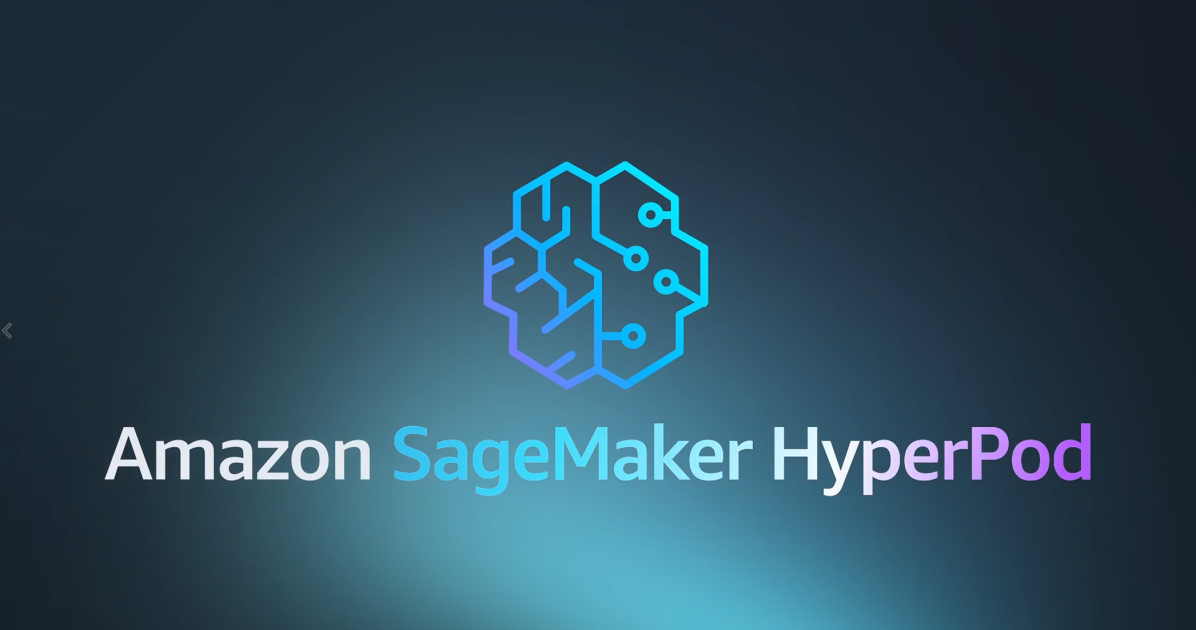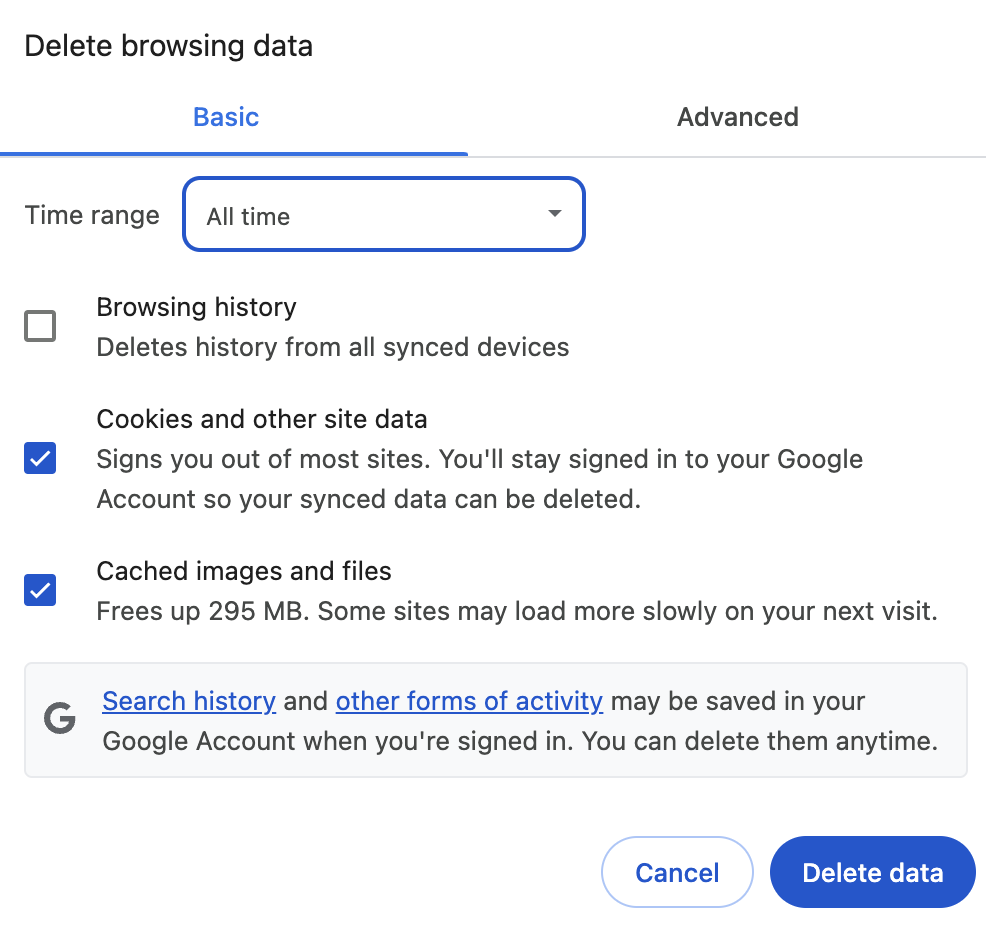Schema design is one of the most critical aspects of ensuring performance and scalability in Bigtable. Unlike relational databases, Bigtable relies heavily on how you design your row keys and organize your columns. Poor schema design can lead to inefficient queries, data hotspots, and bottlenecks.
To get the most out of Bigtable:
- Design row keys based on your access patterns (read and write).
- Avoid hotspotting by adding salting or hashing mechanisms if needed.
- Group related columns into column families to optimize reads.
- Minimize the number of column families and use them consistently.
- Prefer wide rows over deep nesting when storing related records.
Following schema best practices ensures that your Bigtable setup remains cost-efficient, performant, and scalable as your dataset grows.
You can refer to Google Cloud’s official guide on Bigtable schema design best practices for a deeper dive into planning your schema effectively.
Migration Approach
There are several approaches to migrate data from MS SQL Server to Bigtable, and the best method depends on your specific use case and requirements. In this article, we will focus on the migration using the Google Cloud service — Data Fusion. While another viable option includes leveraging Dataflow templates with a custom pipeline solution on top, this guide will concentrate on the Data Fusion approach for its simplicity and low-code interface suited for many common migration scenarios.
Migrating with Data Fusion
In this section, we walk through how to implement the migration from MS SQL Server to Bigtable using Google Cloud Data Fusion. This approach leverages Data Fusion’s visual interface and pre-built plugins to enable low-code, scalable data integration.
Cloud Data Fusion (CDF) is a fully managed, code-optional data integration service that simplifies the creation, deployment, and monitoring of data pipelines. It enables secure connections to on-premise or cloud-hosted SQL Server instances — including via Private IP — and facilitates seamless data flow into Bigtable, Google Cloud’s scalable NoSQL database.
Source Credit: https://medium.com/google-cloud/unlocking-sql-server-to-bigtable-a-comprehensive-guide-to-non-heterogeneous-migration-340a7f5e752c?source=rss—-e52cf94d98af—4



